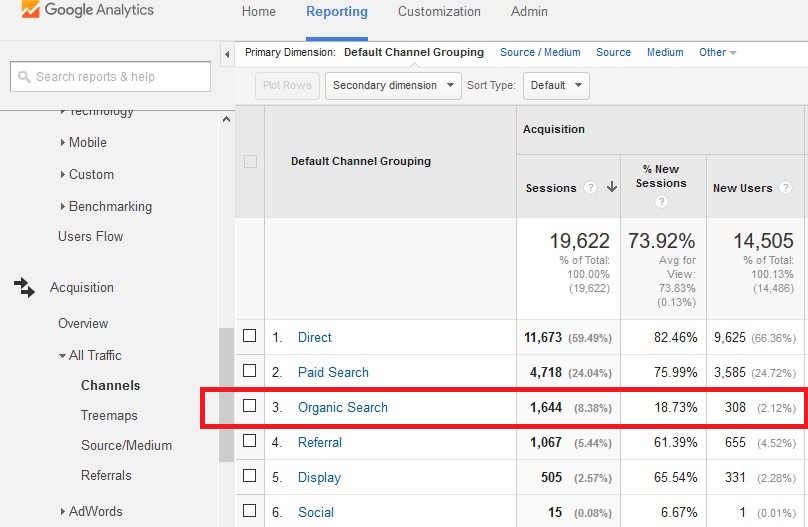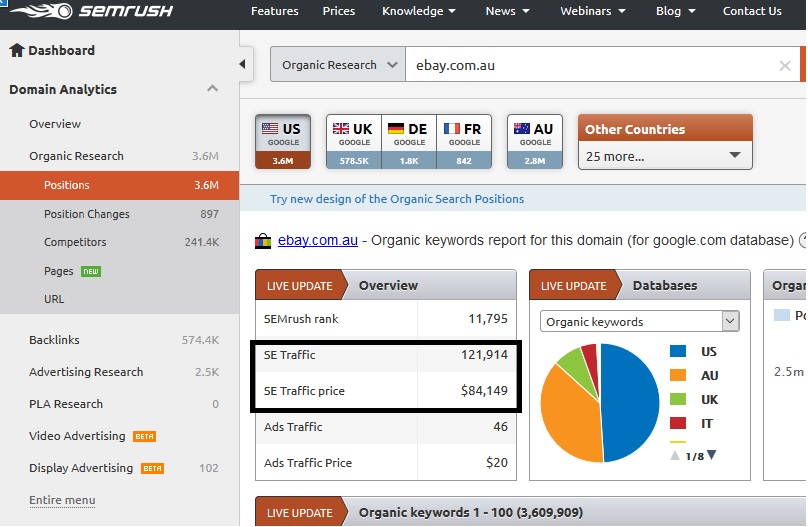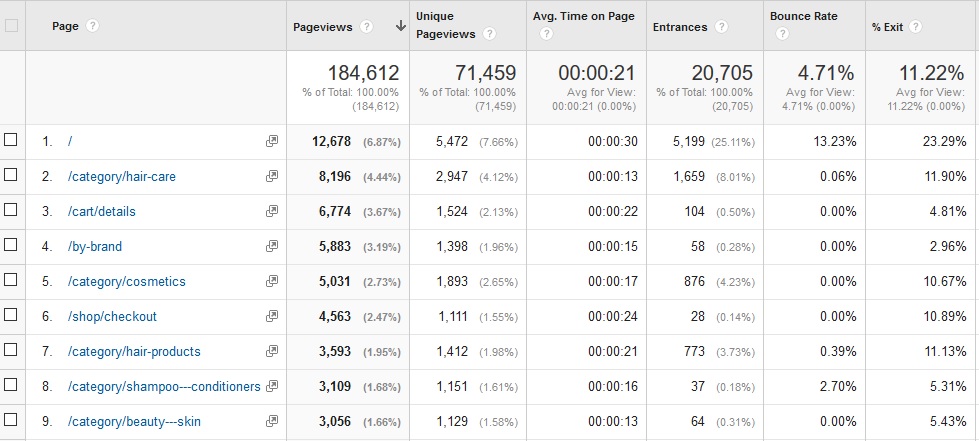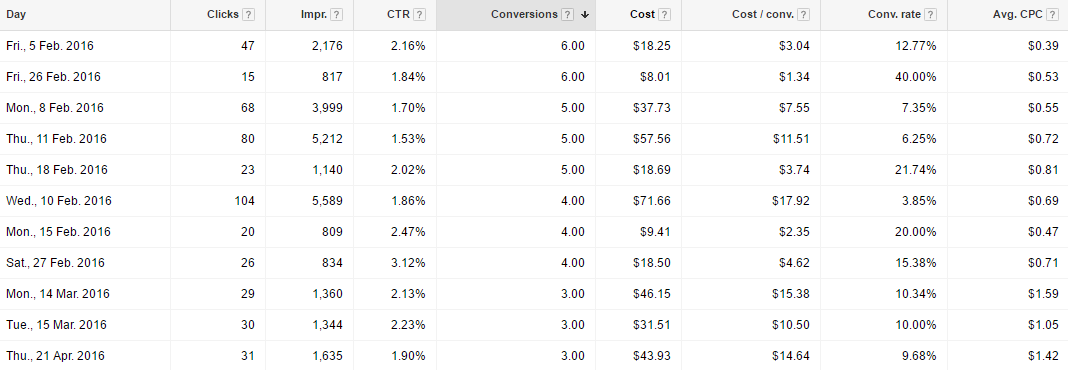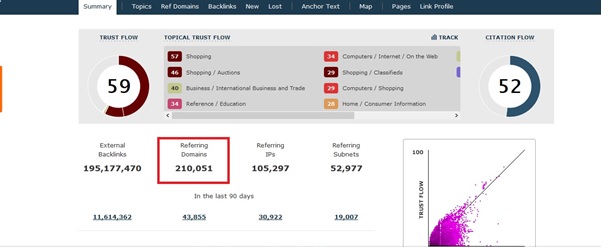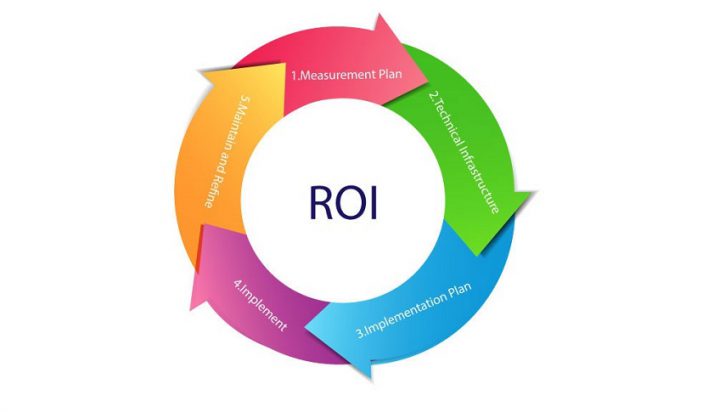
5 Simple Ways to Measure the ROI of Your Search Engine Marketing Campaign
For business managers, ROI (return on investment) is at the basis of every business decision that is made, even if at a subconscious level. Before making a change or investing in anything, we as managers are hopeful that the value created for the business will exceed the amount of time we have spent on this.
It can be misleading to think about ROI as something that has a fixed value, particularly when it comes to SEO and social media marketing. Rather, it depends on numerous factors, including how much time and effort you put into it and the effectiveness of your online marketing provider (if applicable).
Having said that, we are fortunate to have some excellent web analytics tools to gauge the effectiveness of our online marketing efforts. These tools have become a means of making more educated decisions for business owners, marketing managers and people who are involved in the online marketing industry.
Let’s have a look at some analytics and data that can help create a picture of the level of success you are having online.
1. Organic Search Traffic
The number of organic traffic is an integral part to gauge the effectiveness of your SEO strategy. There are many techniques to drive organic traffic to your website; it’s all about improving your position in Google and other search engines for relevant keywords. If you’re engaging in the right kind of SEO activities, you’ll tend to see steady improvements in the rate of organic traffic.
SEMrush is an online marketing tool that provides an approximation of how much your organic hits would be worth if you were to get them via paid advertising.
In the above example, you can see that the price of the organic traffic the website has generated in advertising terms is more than $80k. While this is quite simple given that it doesn’t necessarily take into account the quality of the traffic itself (paid traffic and organic traffic often yield different results) it provides you with an approximation of how far your SEO budget is taking you. For further reading, check this SEMRush Article.
2. Visitor’s Activity On Your Website
Google Analytics can also be used to figure out which of your pages are having a positive effect on visitors and which need to be improved. By clicking Behaviour –-> All Pages you’ll see the number of page views, the average time spent on page, entrances and bounce rate for your most visited pages.
You may find that you are getting a lot of traffic to a certain page, but people are leaving soon after resulting in high bounce rate. In this case, you might want to re-think the content and fix any technical issues. By regularly monitoring this data you can keep on top of how customers are engaging with your website and make any changes to give the website a better chance of converting.
Related article: Why Your Business Should be Using Google Analytics
3. Goal Setting and Tracking
Setting up business goals in Google Analytics is another helpful tool that can help you keep track of the website’s progress in very real terms. Goals will naturally change depending on the industry you’re operating in, the size of the business and exactly what it is you want to achieve.
For example, a goal could be to attract new subscribers to your email newsletter, have visitors fill out the contact form, on generating phone calls. Google Analytics can keep track of how many times and with what regularity these goals are achieved, which can be very helpful.
4. Google AdWords
As we’ve discussed, determining an accurate ROI is quite difficult, but in the case of Google AdWords, the data provided gives you as clear a picture of the value you’re getting from a campaign as you can ask for.
From your campaign report, you can see how much every click is costing you on average, which ads/clicks are the most successful, and what you’re paying on average for every conversion and/or goal completed. The aim of the website manager is to keep an eye on these numbers and always be looking to improve them.
Related article: How AI Is Changing the Future of AdWords
5. Effective Inbound Links
A number of high-quality backlinks from other websites are one of the most important parameters in Google’s ranking algorithm. This works as a trust signal to Google and earning links from high authority domains can result in a significant boost to your ranking.
Therefore, increasing the number of quality inbound links can effectively increase the number of good quality traffic, which in turn, will result in increased revenue.
MajesticSEO is a very useful tool to track and monitor the number of inbound links and the referring domains from which the backlinks came from. An in-depth analysis of these links will give you a good insight into the type of contents that earned the most number of links. This will help you assess your online marketing strategy and evaluate what is working and what needs to be tweaked.
Conclusion
As we have discussed, Analytics is absolutely essential if you want to manage and track your site’s progress. However, it’s essential to be able to properly interpret the data, correctly analyse patterns in traffic, media behaviour of the target audience, inbound links, and above all to assess what is working and what needs to be improved.
If you are managing a website, we strongly encourage you to become familiar with as many of those online tools. This tools will become a great assistant to judge the ROI value in the long run.
However, if you feel that you don’t have enough time to manage your online marketing campaign then our web marketing experts at WebAlive can smoothly run the campaign on your behalf and make sure that your business investment is getting maximum return.
You read a lot. We like that
Want to take your online business to the next level? Get the tips and insights that matter.
